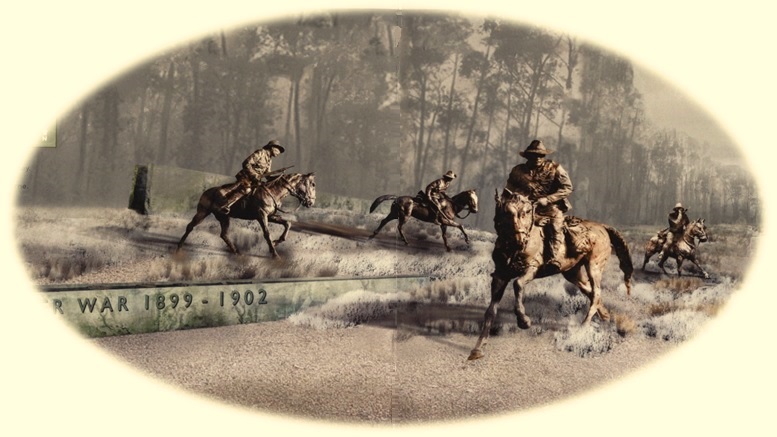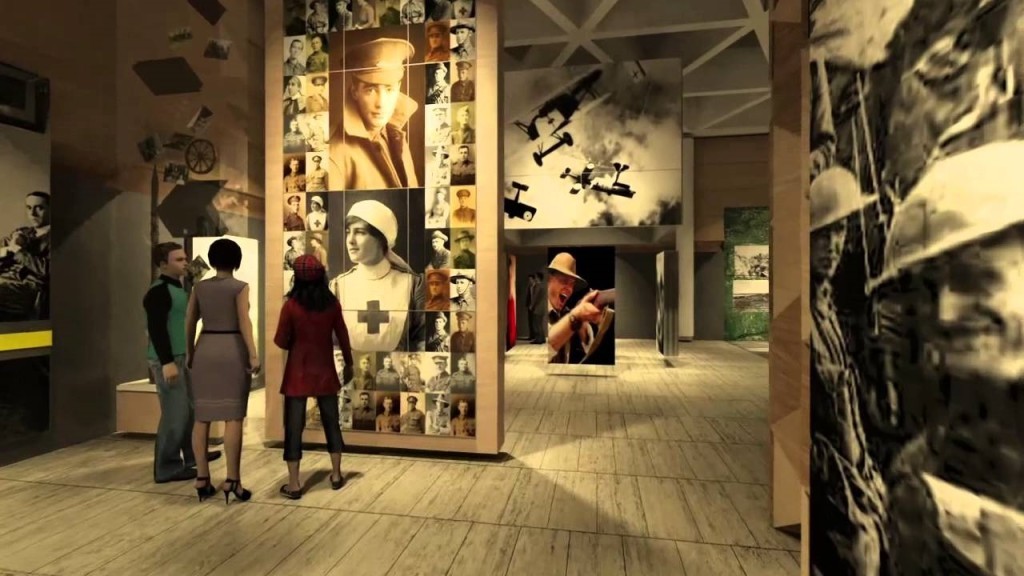Lots of things happen late at night in Parliament House, Canberra: destructive testing of furniture; plotting against leaders; inappropriate propositions in the private dining rooms. And Additional Estimates hearings by Senate Committees.
Typically, the Department of Veterans’ Affairs and the Australian War Memorial are ‘grilled’ at Estimates at this hour, when time is short, tempers shorter, and Senators few on the ground and their forensic skills blunted. Wednesday, 21 October, 10.02 pm to 11.00 pm, was, as they say, no exception. The Memorial received just ten minutes on the hot plate (barely enough time to turn it over). Then the fire stayed stoked for DVA for another 48 minutes. (NB The references are to the draft Hansard but they can be found easily in the final version.)
Australian War Memorial
Memorial Director Brendan Nelson answered questions (pages 123-24) on:
- the further history of medical aspects of the Vietnam War (under way for completion 2019; costing $1.6 million raised from ‘partnerships, commercial activities and bequests’);
- visitor numbers (1.24 million overall in 2014-15, up 15 per cent for the year, including 140 000 students, up 11 per cent); (Note: the Memorial’s annual report at page 52 gives the overall figure at 1 142 814 and the increase as 25 per cent.)
- exhibition opening in mid-2016 on history of Indigenous service in Australian defence forces; and
- progress on the Boer War memorial (only $300 000 short of funding target, following donation from Commonwealth; Memorial is looking after one of the horses).
 Boer War memorial proposed for Anzac Parade, Canberra, to cost donors and the Commonwealth $3.4 million (National Boer War Memorial Association)
Boer War memorial proposed for Anzac Parade, Canberra, to cost donors and the Commonwealth $3.4 million (National Boer War Memorial Association)
Department of Veterans’ Affairs
There were a few interesting moments on the Monash Interpretive Centre at Villers-Bretonneux as Senator Whish-Wilson (Greens, Tas) asked questions (pages 124-25) of DVA Secretary, Simon Lewis, and a Mr Fletcher, who is not identified in the proof Hansard but who we believe from previous encounters is Ian Fletcher, a DVA officer working on the project. (If Mr Fletcher’s Linked-In entry is up-to-date his title is Deputy Director, Overseas Projects, at the Office of Australian War Graves.)
Despite the considerable amount of material on the public record critical of this project (see, for example, Honest History’s analysis, the remarks of retired Captain James Brown in the Daily Telegraph and letters to the editors of a number of newspapers) Senator Whish-Wilson’s questions were fairly bland and gave Messrs Lewis and Fletcher the opportunity to beat the PR drum in similar fashion to previous efforts from the portfolio, though there was less resort than before to superlatives (‘international standard’, ‘leading-edge’, ‘evocative’, ’emotional’, ‘state-of-the-art’, ‘immersive’, and so on) when describing the project.
The message from DVA was that this project is up and running, metaphorically rumbling across the fields of Northern France, much like Monash and his tanks in 1918. Among the highlights:
Senator WHISH-WILSON: I would just like to follow up the line of questioning on the Sir John Monash Centre, if you could give the committee an update on whether some kind of work has started on that and give us a timetable and a budget.
Mr Lewis: We have run a tender process in relation to the construction of the Sir John Monash Centre, and bids have closed. We are assessing those bids at the present time … (emphasis added).
Senator WHISH-WILSON: Have there been any more advances on the budget? Have you actually started to work up some numbers?
Mr Lewis: We will be able to update on that once we have our tenders in; obviously, we have tender quality information that we are assessing now. The intent would be to proceed once we have a locked-in tenderer. There is nothing to announce right now, but, when we are in a position to, we will … (emphasis added).
Mr Fletcher: The centre is to tell the Australian story. We have the Australian Remembrance Trail on the Western Front which tells the story of individual geographic areas and the battles that occurred there, but this centre will tell the specific story about Australia—before the war, leading into the war, during the war, and post war …
Mr Fletcher: The centre uses the whole site, and we see it as the hub of the Australian experience—so the hub of the trail. The site will have wi-fi, so you will be able to connect up to and download an app. You will be able to walk through the site and experience and understand what the cemetery is about, what the memorial itself is about and what the centre is about, and then you will be able to have a takeaway to experience the other sites along the Western Front of significance to Australians. So it is very much a technology site, and it is very much about supporting the whole story of Australia …
Senator WHISH-WILSON: … Can you remind us again what has been budgeted for the centre?
Mr Fletcher: The total capital cost of the centre, excluding the money that was put up to develop the detailed business case, is $88.5 million.
Senator WHISH-WILSON: Was that based on anything in particular?
Mr Fletcher: That was based on the detailed business case. Because of the tight time frames to deliver this, we had engaged the designers, the architects, the interpretive designers and the cost planners and that, as part of developing the DVC. So we had a very detailed costing leading into that, and we are confident that we will remain within those costings. (Emphasis added.)
No mention there of historians; perhaps they were covered by the phrase ‘and that’.
While most of the money for the project is coming from Defence, DVA clearly has the implementation bit between its teeth. If anyone in Australia, 97 years after 1918, wants to throw a spanner in the works to bring this boondoggle* to a shuddering halt they’d better move pretty quickly. (DVA has said that construction will start early in 2016.) The previous prime minister was very keen on this project (as was prime minister Howard) but we have no indication of the attitude of the current prime minister.
 Proposed Monash Interpretive Centre, Villers-Bretonneux, to cost the Commonwealth $99.5 million (Architecture.Au)
Proposed Monash Interpretive Centre, Villers-Bretonneux, to cost the Commonwealth $99.5 million (Architecture.Au)
And so to bed …
The evening concluded with Senator Lambie (Ind., Tas), an ex-service person once overpaid by DVA, jousting in feisty fashion with Mr Lewis and his officers.
Senator LAMBIE: You know why there are suicides going on under Veterans’ Affairs, do you, Mr Lewis? It is because it is dysfunctional.
Mr Lewis: I beg your pardon, Senator.
Senator LAMBIE: You heard me, Mr Lewis. It is dysfunctional. There is no other way to put it.
After that, everyone went home to bed.
* Boondoggle: ‘a project that is considered a useless waste of both time and money, yet is often continued due to extraneous policy or political motivations’.
30 October 2015


Leave a Reply
You must be logged in to post a comment.